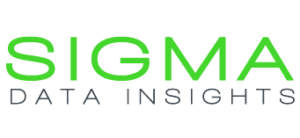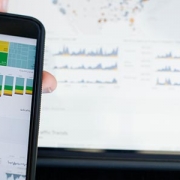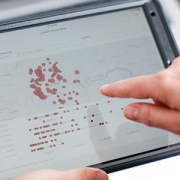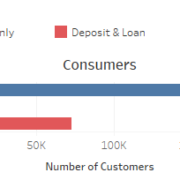5 Ways Data Can Help Guide Your Digital Marketing
As digital marketers, we are always striving for higher open and click-through rates and increased page views, but often rely on instinct and guess-and-check methods to reach our goals, instead of making decisions based on results. That’s where data comes in.
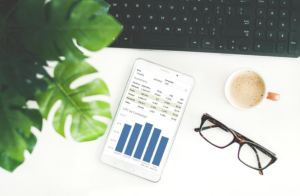
Using data to guide your digital marketing strategy can take it from its likely generic approach to one that tailors messaging and places relevant content, based on actual findings, on the right platforms for your intended audience.
For help transitioning your digital marketing approach to one with data-driven strategy, follow our 5 tips below:
- Use Custom Audience Targeting – If you have first-party data from current customers, use it to develop customer profiles based on demographic and psycho-graphic factors. These profiles can help you develop tailored content based on factors such as age, gender, geography, and interests. Creating a targeting strategy with first-party data can help you market to current and potential lookalike customers with messaging they will likely interact with. If you don’t have enough first-party data, try using the targeting tools offered by digital platforms.
- Determine Your Distribution – Not all digital platforms will work with your digital strategy, because your target audience is not using all of them. Use your customer data to determine what social and digital platforms your audience is most likely to be using and start there. If you don’t have enough information about your current customers to make this determination, look at what platforms your closest competitors are using and see which fit your brand the best.
- Let Data Drive Your Content – Measuring the success of your content can be your greatest tool in determining what new content to develop. How will you know what content to create in the future if you don’t know what is resonating with your target audience now? Using data from your digital marketing campaigns can help you determine what content is working with your audience and help you determine what to focus on for future content. In addition, use this information to edit or reformat existing content that may not have performed the way you had hoped. Editing and reusing existing content based on your findings can save you time and development costs.
- Time Your Content – If you have been using data to track interactions with your content then you should have an idea of the time of the year, day of the week, and even the time of day your target audience is most likely to be online. Use this data to schedule your content during those peak times for a better chance of meeting your campaign goals.
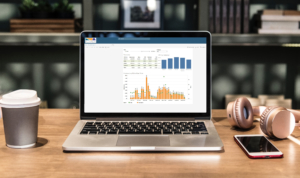
- Make Reporting Easy – A major challenge for data-driven digital marketing is the time is takes to retrieve the data from all of the different distribution platforms that you are using for your campaigns. Website, email and pay-per-click marketing rarely use the same tool, which can complicate your reporting. In order to optimize your digital marketing data, consider combining it all into one dashboard that allows you to see trends that may be happening across multiple platforms.
To learn more about data-driven digital marketing or to schedule a demo to see our reporting dashboards, contact us at info@sigmamarketing.com or comment below.
